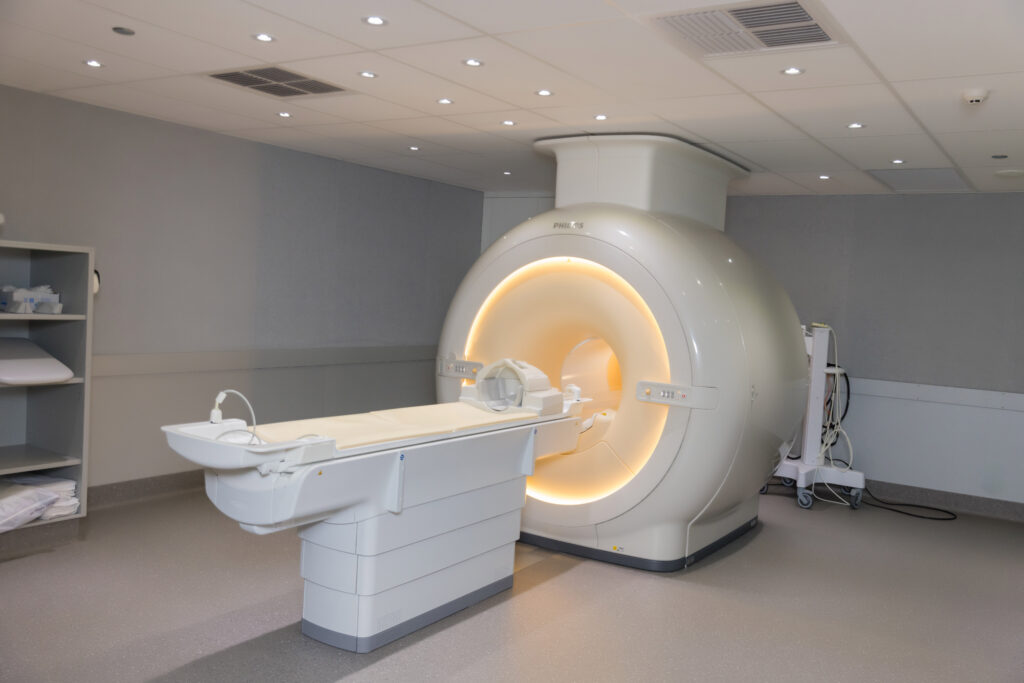
- Researchers from NeuRA (Neuroscience Research Australia) have developed a new method for functional brain imaging.
- Scientists are hopeful the new imaging method will assist in studies of normal brain function and early detection of neurodegenerative conditions.
- By combining high-resolution imaging with real-time data on tissue function, this technique represents a significant leap forward in the field of medical imaging and could open new avenues in personalised medicine.
Researchers from NeuRA (Neuroscience Research Australia) have identified a new method for functional brain imaging, functional conductivity imaging, that will assist with studies of the brain, brain disorders and the spinal cord.
Functional conductivity imaging reveals the electrical properties of tissues, unlike traditional imaging techniques such as MRI, CT and ultrasound being structural.
Titled ‘Functional Conductivity Imaging: quantitative mapping of brain activity’, the paper, written by researchers from NeuRA, UNSW Science and SPHERE Mindgardens Clinical Academic Group was published in the journal Physical and Engineering Sciences in Medicine. It showed functional conductivity imaging, also known as funCI, as an alternative to conventional fMRI.
Lead researcher, Professor Caroline Rae, said the study had showcased a new method for functional brain imaging, which allowed them to detect, map and quantify neural activity.
“Where conventional fMRI is based on changes in blood flow to the brain that occurs some seconds after a stimulus, the new method may be directly detecting brain electrical activity, making it a powerful tool for early and precise diagnosis,” Prof Rae said.
“Abnormal conductivity in tissues can be an early indicator of neurological disorders such as dementia or Parkinson’s disease, or even cardiovascular problems. With this imaging technique, clinicians can potentially detect diseases earlier, long before structural changes become visible in conventional imaging.
“There are thousands of possible uses for this in studies of normal brain function and brain disorders.”
Prof Rae said funCI opens up a whole new area of brain research and could also be extended to the spinal cord.
What is funCI?
Functional conductivity imaging is primarily performed using MRI (Magnetic Resonance Imaging) technology. Conventional fMRI looks at brain activity based on changes in blood flow to the brain, but functional conductivity imaging directly detects neuronal activity, through changes in the local magnetic field that arise due to brain activity. The changes are then converted to electrical conductivity measures and mapped. It is a quantitative, sensitive and repeatable application for non-invasive detection of brain activity.
“Tissue conductivity changes measured with funCI can be used to map functional activation pathways in the brain,” Prof Rae said.
“The method detects activation in both grey and white matter and it’s also sensitive to small stimuli. FunCI is a useful alternative to conventional fMRI for spatial and temporal mapping of brain activity.”
Addressing a critical gap in research
Functional conductivity imaging offers a precise and non-invasive way to deepen our understanding of how diseases of brain and mind affect us. By combining high-resolution imaging with real-time data on tissue function, offering a significant leap forward in the field of medical imaging and opening new avenues in personalised medicine.
“FunCI can detect the entire brain pathway that is involved in a task, not just the changes happening in the brain’s cortex,” Prof Rae said.
“This information could enable researchers to tailor treatments based on how your body is responding in real time, allowing doctors to personalise therapies. This could lead to more precise treatments, faster recovery times, and better health outcomes overall.”
Prof Rae said more research is being planned in this area, particularly in exploring how this technique could apply to other diseases.
“This was an important step, but we have more research planned, including applications for epilepsy, stroke and looking at if this method can be used as a substitute for FDG-PET scans,” Prof Rae said.
The full report is available at https://shorturl.at/QgTNz
About us:
About NeuRA
Neuroscience Research Australia (NeuRA) is an independent, not-for-profit research institute based in Sydney aiming to prevent, treat and cure brain and nervous system diseases, disorders and injuries through medical research.
To learn more about NeuRA: www.neura.edu.au


